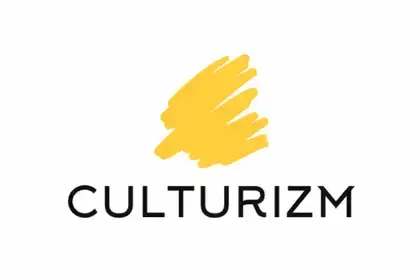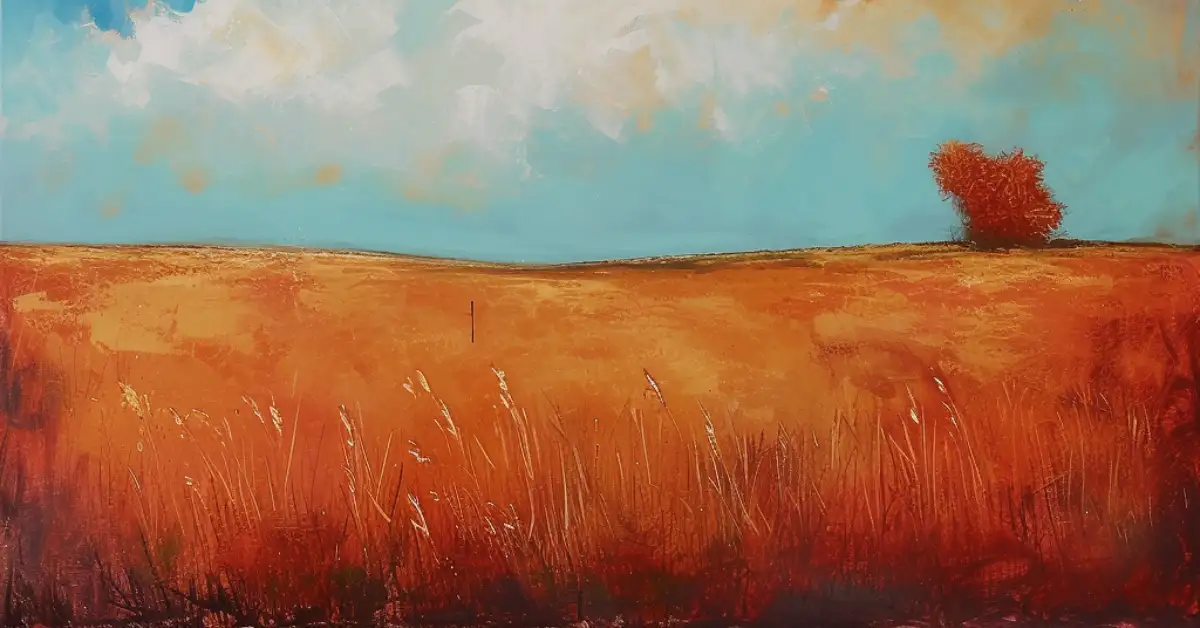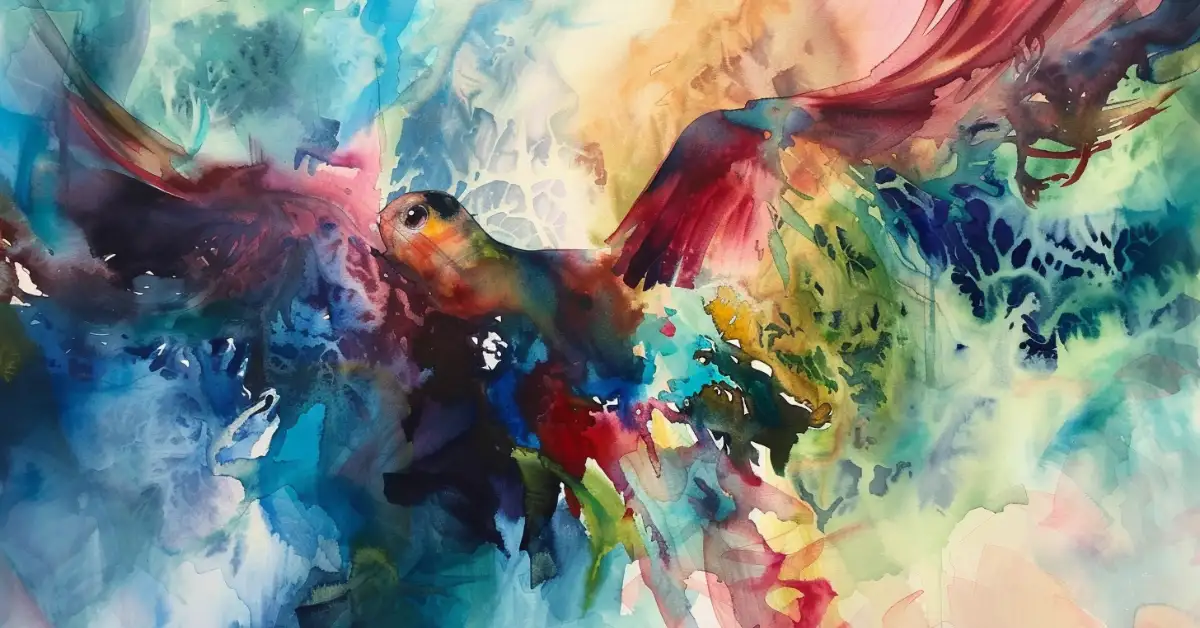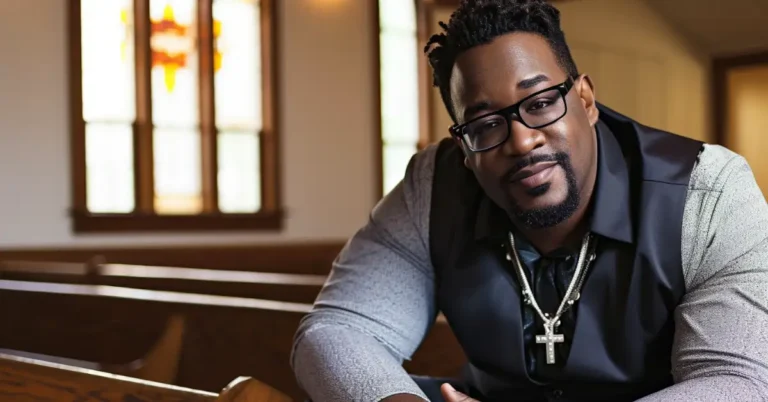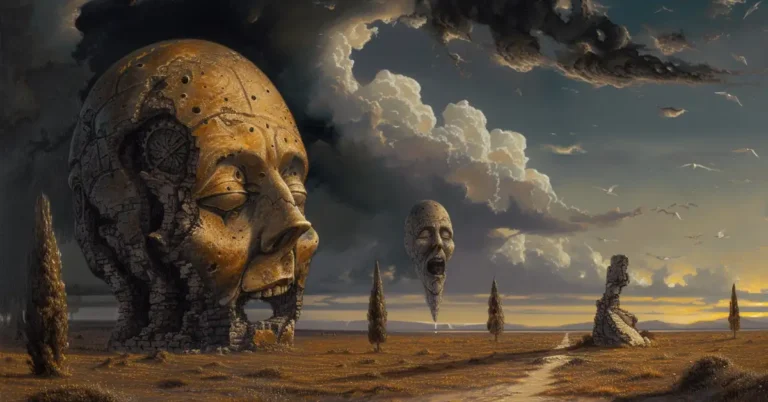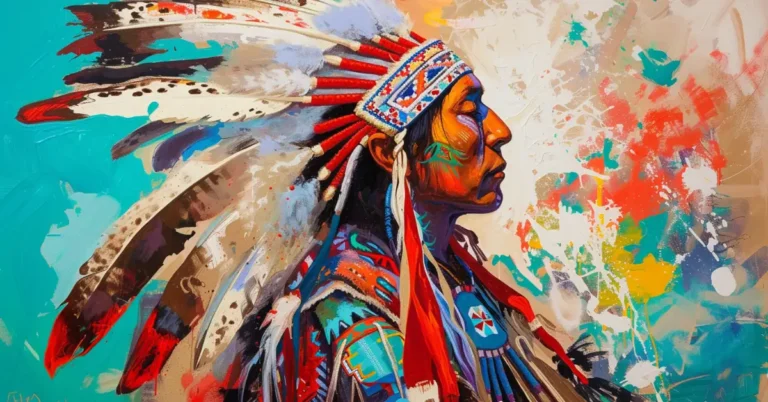Explore the world through the eyes of contemporary landscape artists, whose innovative visions transform natural and urban scenes into captivating canvases. These creatives meld classic techniques with modern insights to not only depict the beauty around us but also to address pressing environmental and social themes. Dive into a realm where color, light, and texture stir emotions, offering unique interpretations of the world. Uncover how these artists challenge traditional views and invite us to connect with our surroundings in unprecedented ways.
Historical Evolution of Landscape Art
As we discuss the journey of landscape art, it’s important to recognize how contemporary landscape artists stand on the shoulders of giants, weaving historical influences with modern interpretations to create something truly unique to our time.
Historical Influences
Landscape art, rich in history, has roots dug deep into the soils of the past. Great masters like Claude Lorrain and El Greco paved the way with their classic techniques, setting the groundwork for how we perceive landscapes. Caspar David Friedrich and Pieter Bruegel the Elder brought emotional depth and storytelling to their works, compelling viewers to gaze deeper into the scenes depicted.
| Movement | Artists | Influence on Contemporary Art |
|---|---|---|
| Classical | Claude Lorrain, El Greco | The foundation of landscape art |
| Romanticism | Caspar David Friedrich, John Constable | Emotional depth |
| Impressionism | Claude Monet | Light and color experimentation |
| Post-Impressionism | Vincent van Gogh, Paul Cézanne | Form and color distortion |
| Modern Abstraction | David Hockney | Challenging perceptions of realism |
As I weave my own narrative into the canvas, this lineage of greats is always there, an invisible scaffold that informs every stroke and color choice.
Influential Contemporary Landscape Artists
When I explore the world of contemporary landscape artists, I’m not just looking at pretty scenes—they’re reshaping how we interact with nature through their canvases. They continue to push the boundaries of how the environment is depicted, often blurring the lines between a traditional landscape and their unique interpretative visions.
These are my 10 favorite contemporary landscape artists!
Georgia O’Keeffe
Known for her vivid floral paintings, Georgia O’Keeffe also created profound desert landscapes that revolutionized the perception of the American Southwest.

Georgia O’Keeffe Black Mesa Landscape : New Mexico Circa 1930 Art Print
David Hockney
British artist David Hockney is celebrated for his colorful, energetic landscapes, capturing the essence of his environments with boldness and affection. His works, such as the California landscapes, are iconic in contemporary art.

“Beautiful View” by David Hockney
April Gornik
April Gornik’s paintings are known for their serene and luminous qualities, often reflecting the beauty and power found in natural settings while also questioning the human relationship with nature.

Storm, Rain, Light, 2013 by April Gornik
Richard Diebenkorn
In his “Ocean Park” series, Richard Diebenkorn masterfully used geometric shapes to create abstract landscapes that remain timeless and profoundly influential.

San Francisco Museum of Modern Art © 2015 The Richard Diebenkorn Foundation
Peter Doig
Canadian artist Peter Doig crafts mysterious and dreamlike spaces within his paintings, often using landscapes as a stage for his evocative and narrative-driven scenes.

Camilla Engström
Through her playful and introspective style, Camilla Engström adds whimsical characters to her landscapes, exploring personal themes and human connections with the earth.

Guldflod by Camilla Engström (2022)
Wayne Thiebaud
Although famously known for his depictions of food, Wayne Thiebaud also painted Californian landscapes with a characteristic saturation of colors and pronounced shadows.

Cakes by Wayne Thiebaud (1963)
John McAllister
The dreamlike and fantastical landscapes by John McAllister often feature dazzling arrays of color, capturing both the tranquility and dynamic nature of the settings he portrays.

incandesce hurrahs heard by John McAllister 2022
Vija Celmins
Renowned for her meticulous renditions of natural scenes, Vija Celmins creates hyper-realistic works that often invite the viewer to ponder the immensity of the natural world.
Yes, this is a painting, not a picture!

Vija Celmins, Untitled (Big Sea #1), 1969
Ilse d’Hollander
Belgian artist Ilse d’Hollander developed a unique and subtle abstract language that represents the gentle rolling landscapes of her homeland, featuring simplified forms and a restrained palette.

Untilted, 1996
Each of these artists brings a unique perspective to contemporary landscape art, offering a powerful lens through which viewers can see and interpret the natural world around them.
Techniques and Media in Contemporary Landscape
As a contemporary landscape artist, I constantly explore the interplay of color and light and experiment with a variety of media to express my vision of the natural world.
The Role of Color and Light
- Color: In my work, I notice that color is more than just a visual element; it’s an emotional one. The use of vivid hues often reflects the mood of the environment, much like how the artists featured on Obsessed With Art harness color to bring landscapes to life.
- Light: Light, whether from the blazing sun or the soft glow of dawn, defines textures and shapes. The way I apply light in my paintings can alter the time of day or season, imbuing the scene with a feeling of warmth or coolness.
Diverse Artistic Media
- Traditional Media: Oil paint remains a favorite for its rich texture and depth. Bold brushstrokes in oil can imbue my landscapes with energy and movement.
- Photography: I also integrate photography, capturing snapshots of nature that I later reinterpret through painting or printmaking.
- Printmaking: This allows me to layer images and experiment with the effects of transparency and repetition.
- Abstract Art: Sometimes, straying from traditional representation leads me to abstract painting. Here, the essence of a landscape is conveyed through shapes and colors rather than literal interpretation.
Themes and Subjects in Landscape Art
In exploring the work of contemporary landscape artists, we find that they draw extensively on themes of nature and the environment while infusing their works with personal and cultural narratives.
Nature and the Environment
- Nature: The essence of the natural world is a dominant theme where artists capture everything from rolling hills to untamed wilderness, often highlighting the beauty and fragility of our environment.
- Reality and Environment: These artists strive to represent the diverse aspects of the world around us, sometimes presenting a stark, unaltered view of reality, while at other times capturing the mystical qualities of natural spaces.
- Climate Change: Modern depictions may also serve as commentary on pressing issues like climate change, inviting viewers to reflect on their relationship with the environment and consider the impact of human actions.
- Natural America: From the expansive American landscape to the nuanced ecosystems found within, artists both celebrate and critique the ecological narratives that are part of the nation’s identity.
Cultural and Personal Narratives
- Memory: Personal histories and memories are often layered within landscapes, turning them into reflections of individual experiences rather than just mere scenery.
- Narrative: Whether through the detailed cityscapes that narrate the hustle of urban life or through quiet rural scenes, these works tell stories that extend beyond their visual boundaries.
- Cultural Reflection: Many contemporary landscape artists interlace their depictions of the environment with cultural significances, embedding symbols or patterns that speak to a larger narrative about the places they depict.
Artistic Expression and Environmental Concerns
When I delve into the works of contemporary landscape artists, I instantly notice a powerful connection between their artistic expression and environmental concerns. These artists use their canvases to make statements about the world we live in, often prompting reflection on our relationship with nature.
Highlighting Climate Change and Nature
Contemporary landscape artists are bringing the beauty of our planet to the forefront, while also showcasing the alarming impacts of climate change. Their artwork not only captures the aesthetic splendor of nature but often incorporates elements of the surreal to reflect the unsettling reality of environmental changes. For example:
- Wildfires and Destruction: The vivid and often unsettling portrayal of wildfires in landscape paintings can evoke a strong sense of loss and a call to action.
- Animals in their Habitats: Through depictions of animals within these changing landscapes, artists emphasize the intimate connection between wildlife and their natural environments, and how they are affected by climate disturbances.
Landscapes and Human Impact
Within the brush strokes of contemporary landscape painting, there’s a narrative of the human imprint on our planet. Artists skillfully juxtapose scenes of tranquility with those of human intrusion to make powerful statements about our ecological footprint. Let’s take a closer look:
- Tranquil Yet Tainted: Some paintings might present serene landscapes at a glance, but upon closer inspection, reveal subtle signs of human impact.
- An Eerie Silence: Surrealism comes into play as artists portray landscapes with post-human impact, where the absence of animal life speaks louder than its presence.
Through their compelling artwork, contemporary landscape artists shine a light on the beauty of the natural world while confronting us with the harsh realities of climate change and our role in it. Their pieces are a call to preserve the tranquility of nature amidst increasing environmental threats.
My Thoughts on Contemporary Landscape Artists and Their Evolution
Encountering the works of contemporary landscape artists has been an eye-opening experience for me. Their ability to capture the essence of our environment while infusing it with their unique perspectives is truly captivating.
Evolution has always been inherent in the art world, and contemporary landscape painting is no exception. Early landscape paintings often served to document reality, but today’s pieces can convey so much more. Modern artists manipulate color and light in new ways, almost dancing between representation and abstraction.
- Innovation with Light and Color:
- Artists such as Alexander Volkov create scenes that merge the realms of the real and the fantastical. The use of light almost becomes a character in itself, transforming ordinary landscapes into beautiful paintings.
- Beyond the Canvas:
- The use of mixed media and digital technology has allowed for the creation of immersive environments beyond the traditional canvas. It’s fascinating to see how artists push boundaries to keep the genre evolving.
In my view, the evolution of landscape art reflects both the changes in our relationships with natural spaces and the technological advancements at our disposal. Whether through the stark, serene beauty portrayed by Richard Diebenkorn or the idyllic scenes reminiscent of historical works, contemporary landscape artists continue to reinterpret the genre for today’s viewers.
FAQ – Contemporary Landscape Artists
What is a contemporary landscape artist?
A contemporary landscape artist is an individual who creates art that focuses on the representation of natural scenery, such as mountains, valleys, trees, rivers, and forests, using current styles and themes. These artists often explore and express modern perspectives on nature and the environment, sometimes incorporating abstract, conceptual, or even fantastical elements into their work. For example, David Hockney and Richard Diebenkorn.
Who is the best landscape artist in 2023?
The title of “best” landscape artist is subjective and can depend on public opinion, critical acclaim, and awards. In 2023, Finn Campbell-Notman was recognized for his talent in the field by winning the “Landscape Artist of the Year” competition, which is a significant accolade in the art community.
Who is the modern English landscape painter?
There are many modern English landscape painters who have made a name for themselves in the art world. Artists such as David Hockney, known for his vibrant and colorful works that often depict the English countryside, are celebrated for their contributions to contemporary landscape painting. Another notable name is Hannah Woodman, who is recognized for her expressive and atmospheric landscapes of Devon and Cornwall.
Who are the best selling contemporary artists?
Some of the best-selling contemporary artists include figures like Jeff Koons, whose works have fetched record-breaking prices at auctions, and David Hockney, known for his vivid landscapes and portraits. Other artists like Yayoi Kusama, famous for her immersive installations and polka-dot motifs, also top the list of best-selling living artists.
If you enjoyed our blog post on “contemporary landscape artists,” we would love to hear your thoughts! Please feel free to share your experience in the comment section below.
If you want to keep reading more from us, have a look at these articles.
